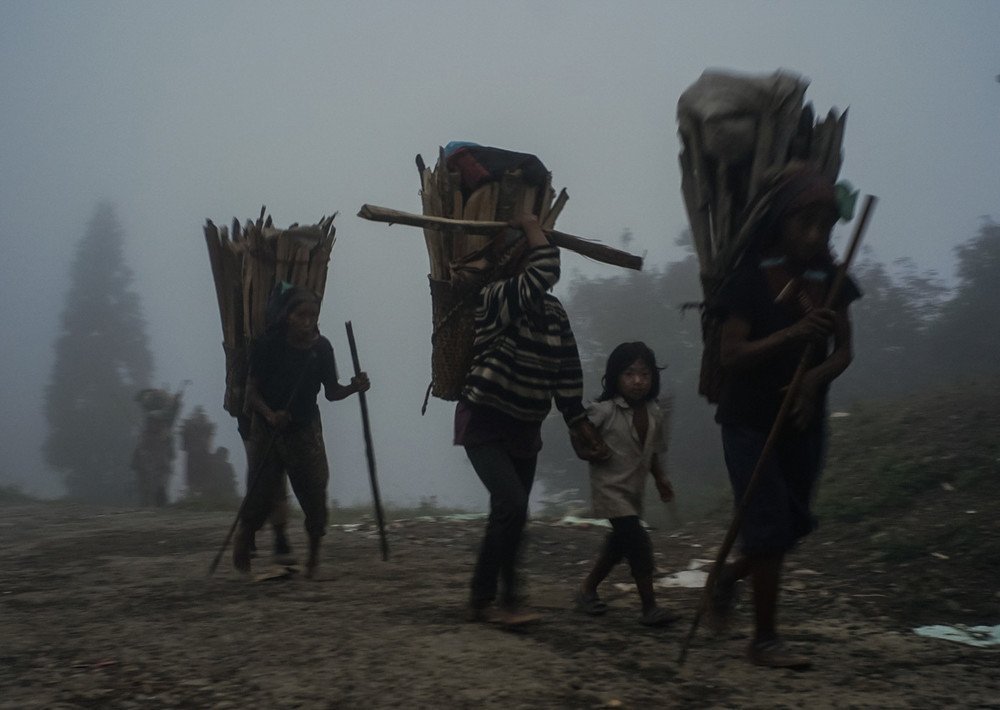The ever-badass Vice Magazine did a piece some time ago about an Indian village ravaged by the addictive bane of opium, and surprisingly it wasn’t in Punjab, where opium use is highly prevalent. Australian photographer Raphael Korman chanced upon this little documented facet of life in a village called Longwa in Nagaland while on a completely different mission.

Raphael had heard rumours about the notorious ex-headhunter tribes of Nagaland, and the civil unrest and violence that the surrounding areas were experiencing, and he wanted to document it first-hand by speaking to the people of the Konyac Tribe.
After getting to Longwa and speaking to the residents however, he discovered that the village has been facing a very different problem – an opium addiction epidemic since almost 70 years, something that’s had a devastating effect on the social and political structure of the place.

The opium epidemic here has all but dissipated the regular way of life for these people, and the responsibility for most work has fallen to women, while the men remain in the throes of severe addiction. As to the question of how these people can afford the drug when it conversely incapacitates their abilities so much, it’s common knowledge that most of the money meant for community projects goes into procuring more opium.
Burma, a short walk away from the village, also happens to be the second largest producer of opium in the world, so the supply is not a problem.

In the 1940s, British colonialists in Nagaland wanted to develop relationships with the Konyac people, whom they thought to be unpredictable and dangerous. They introduced opium into their community as a way to build a relationship and also as a means to pacify them.


Since then, the social dynamic of the village has completely eroded. Almost all the men, including the chief, smoke opium from the minute they wake up and late into the night, daily.
Originally, the men would go hunting and gathering wood, but now it’s the woman who functions as the main form of daily living. Since only the men smoke, the women wake up early, go to the fields, come back around 6 PM, look after their kids and then make dinner – an exhausting and unfair existence.
According to Raphael, “the women’s role here has always been to hold the family together. If it wasn’t for them, the whole community wouldn’t exist.”

To grasp just how severe the problem is, consider this – One in three men in the village are addicted to opium, there’s barely any structure in place to increase prospects and the chief himself simply smokes from 10 in the morning until late at night. It’s dire, it’s sad, and it’s a situation desperately calling out for help.

















